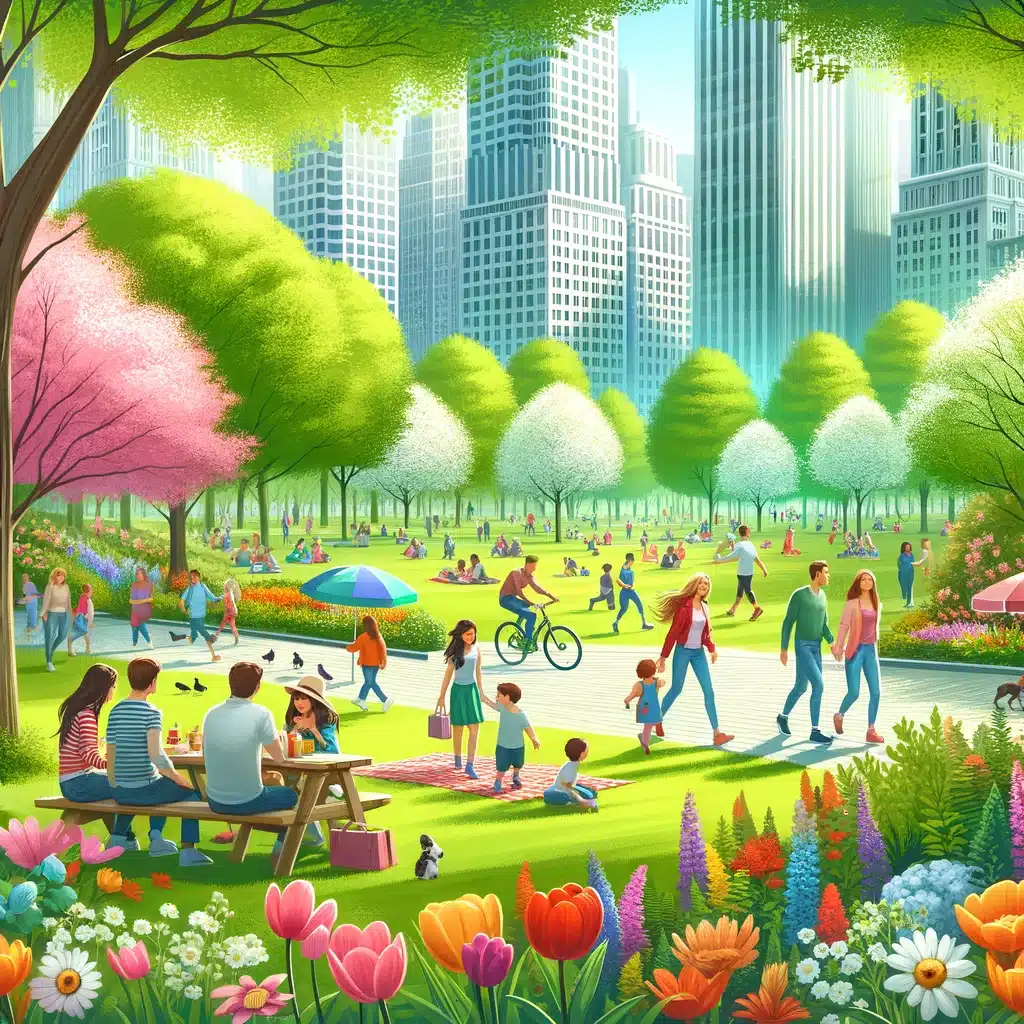In the vast expanse of literary creation, where words often follow the lead of logic and plot, there lies an untouched realm where sentences spiral freely and paragraphs flow without purpose. This exploration defies the conventional, embracing the chaotic dance of thoughts untamed by the rigid structures of traditional narrative.
Imagine a world where the rain falls up, where droplets ascend to the clouds in a reverse symphony of gravity. Each droplet carries a reflection, not just of the world below, but of the dreams and wishes it has washed. This peculiar meteorological phenomenon confounds scientists but inspires poets, who see in each upward stream a metaphor for the human spirit’s relentless quest upward and outward.
Venturing deeper into this realm, we encounter cities where buildings bend, not from architectural failure but from a collective desire to lean closer and share secrets. These structures curve and converse, their glassy facades reflecting not just the sun’s rays but also the inner lives of their inhabitants. In this city, a walk down the street is akin to listening to a chorus of urban tales, each edifice eager to recount its own epic.
From the murmuring metropolis, the journey takes a whimsical turn to a forest where trees grow roots in the air and leaves underground. The flora thrives on the sky’s nourishment, their leaves digging through soil to tap into the earth’s old wisdom. Here, hikers must adapt to this inverted world, where looking down means gazing up into the branching canopy of root-branches, and where every step on the leaf-littered ground uncovers the sky.
The narrative then sweeps us away to seas where fish fly and birds swim. Marine birds dive deep, their feathers slick with saltwater, hunting schools of winged fish that soar above the waves, skimming the surface with the tips of their fins. Observers on boats marvel at this aerial aquatic ballet, a blurring of realms that defies biology and enchants the soul.
Amid these swirling scenes, a festival occurs yearly where the participants wear masks that show their true faces. The masks reveal rather than conceal, each design an honest expression of the wearer’s innermost self. This celebration of authenticity turns the streets into galleries of human emotion, where joy, sorrow, love, and fear are paraded not with shame but with communal celebration.
Transitioning from the vibrant festival, we come upon a library where books read aloud. The shelves whisper literary classics at night, the characters’ voices rising from the pages to fill the halls with their tales of adventure, romance, and mystery. Nighttime visitors find themselves not just readers but listeners, part of an audience at a never-ending spoken word performance.
As this journey without destination winds, weaves, and wonders its way through a landscape that celebrates the surreal, the whimsical, and the bizarre, it becomes clear that the path itself is the purpose. Through these whimsical whirls, the narrative offers not information but imagination, not conclusions but curiosity, inviting readers to dance along to the rhythm of chaos, where every step is an unexpected twist in the plot of existence.
In the end, or perhaps in the absence of an end, the article simply ceases, leaving behind a trail of words that spiral off the page and into the reader’s mind, where they continue to dance, unbounded by the constraints of coherence and continuity. This is the essence of whimsical whirls: a dance through the delightful chaos of a world turned wonderfully upside down.



